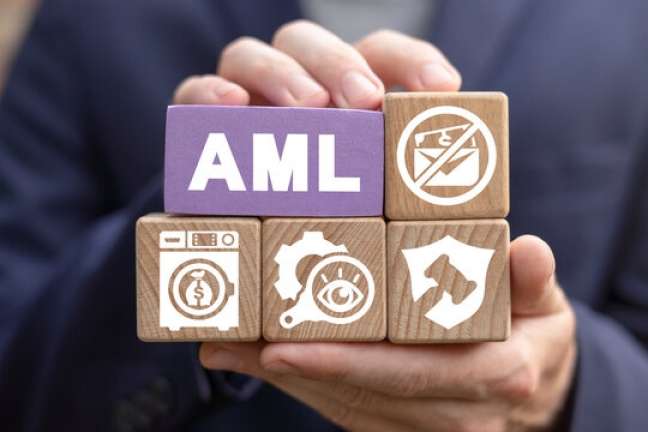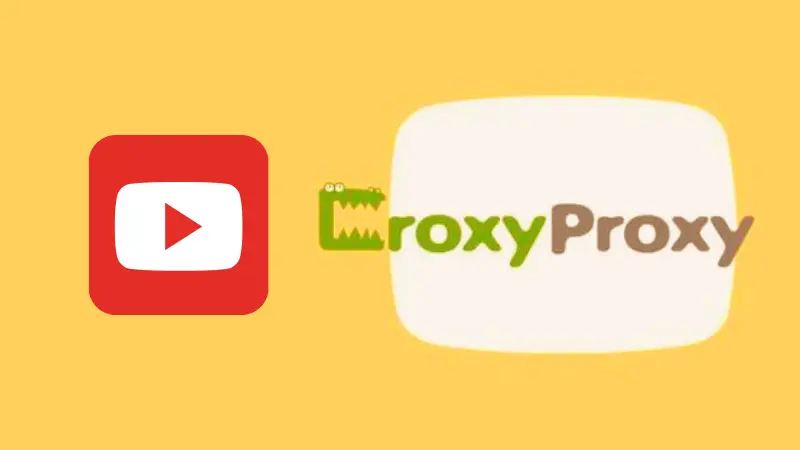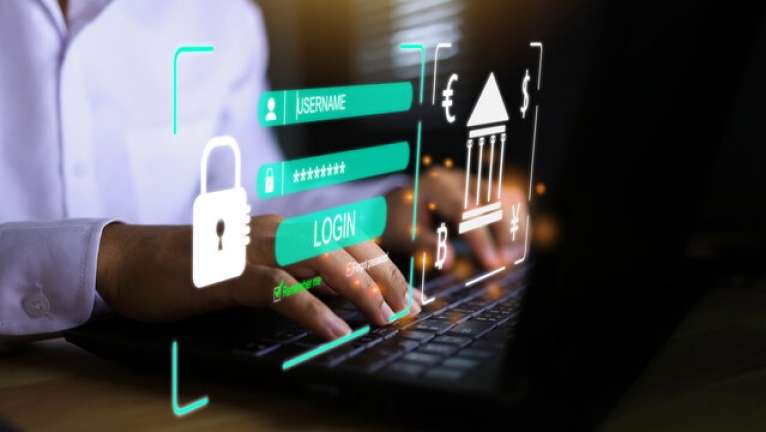Digital Rights Management is a hot topic in the tech world, but what is it? Simply put, DRM is a technology that helps protect copyright holders’ intellectual property (IP) online. It does this by controlling how people use digital content, such as music, movies, and books. In this blog post, we will explore the basics of DRM and discuss why it’s important for both copyright holders and consumers.
What is DRM?
Digital Rights Management (DRM) is a technology that helps control how people use digital content. It can be used as the type of technology that can protect intellectual property (IP). DRM gives content creators and copyright holders a way to control how people use digital content, such as music, movies, books, and other forms of media. This type of technology can be used to prevent unauthorized copying, distribute content in a controlled manner, or even restrict access to certain types of devices. DRM has been around for many years, but it has become more prevalent in recent years with the increase in digital content consumption. This is why a permission control solution like DRM is important for companies. Also, watermarking can be used in addition to DRM for extra protection of digital content.
What are the benefits of DRM?
There are many benefits to using DRM for digital content. DRM can help prevent piracy and unauthorized distribution of copyrighted material. It can also help control how the content is used and ensure that it is only used in the ways that the copyright holder intends. DRM can also help to protect the privacy of users by preventing unauthorized access to personal information. For example, DRM can be used to prevent third-party companies from collecting data about what users do with their digital content. And, it can help to ensure that digital content is not tampered with or modified in unauthorized ways. DRM can also help to make sure that digital content is accessible only to authorized users and that it remains accessible even if the user’s device is lost or stolen. Finally, DRM can help to ensure that digital content is properly backed up and can be restored if it is lost or corrupted.
Is DRM easy to use?
Yes, DRM is easy to use. There are many DRM solutions on the market that are designed to be user-friendly and easy to implement. Most DRM solutions come with step-by-step instructions and support resources that make it easy for even non-technical users to get started. In addition, many DRM providers offer free trials so that you can try out the solution before you commit to using it.
What are the challenges of implementing DRM?
The main challenge of implementing DRM is ensuring that it does not adversely affect the user experience. For example, some types of DRM can make it difficult or impossible for users to play certain types of content on their devices. Additionally, some people may view DRM as a form of digital rights management, which can be seen as a way to control what users can do with digital content. As a result, it is important to carefully consider the trade-offs between security and usability when choosing a DRM solution. Additionally, it is important to make sure that the DRM solution you choose is compatible with all the devices and software that your users will be using.
Can employees bypass DRM?
No, employees cannot bypass DRM. If an employee tries to bypass DRM, they will violate the terms of service and may be subject to legal penalties. Additionally, most DRM solutions include technical measures that make it difficult or impossible to bypass the DRM. For example, some DRM solutions encrypt digital content so that it can only be decrypted with an authorized key. This makes it impossible for unauthorized users to access the content. Other DRM solutions use digital rights management technologies that control how users can use digital content. This means that even if an employee manages to bypass the DRM, they will still be unable to use the content in unauthorized ways.
What happens if I lose my DRM key?
If you lose your DRM key, you will not be able to access any of the digital content that is protected by that key. In addition, you will not be able to generate new keys for that content. As a result, it is important to make sure that you keep your DRM key in a safe place where you can find it if you need it. Additionally, some DRM solutions allow you to backup your DRM key so that you can restore it if it is lost or corrupted.
Digital rights management is an important tool for protecting the copyrights of digital content. While there are some challenges associated with implementing DRM, it is generally easy to use and can be a valuable addition to your security measures. So, if you want to make sure that your digital content is secure, consider using a DRM solution.















